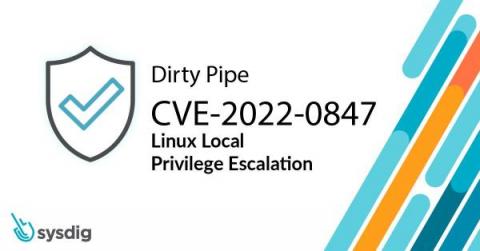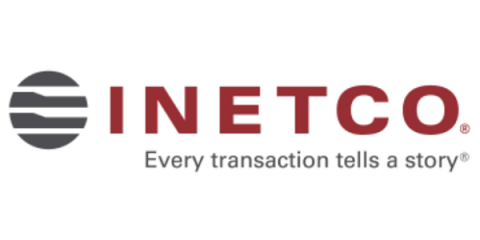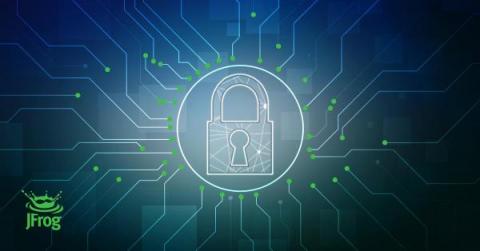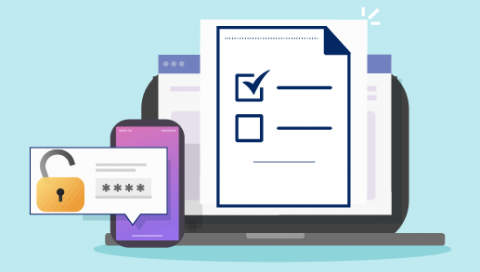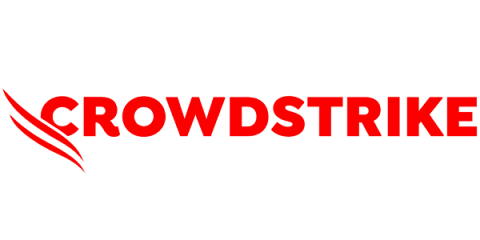Building Cyber Resilience in a heightened alert environment
There has been a lot of talk about cyber weapons and the cyber dimension of global politics after the NotPetya and WannaCry attacks of 2017 and the Stuxnet worm, first discovered in 2010, when it was used to attack the control mechanisms of Iran’s uranium enriching centrifuges.



